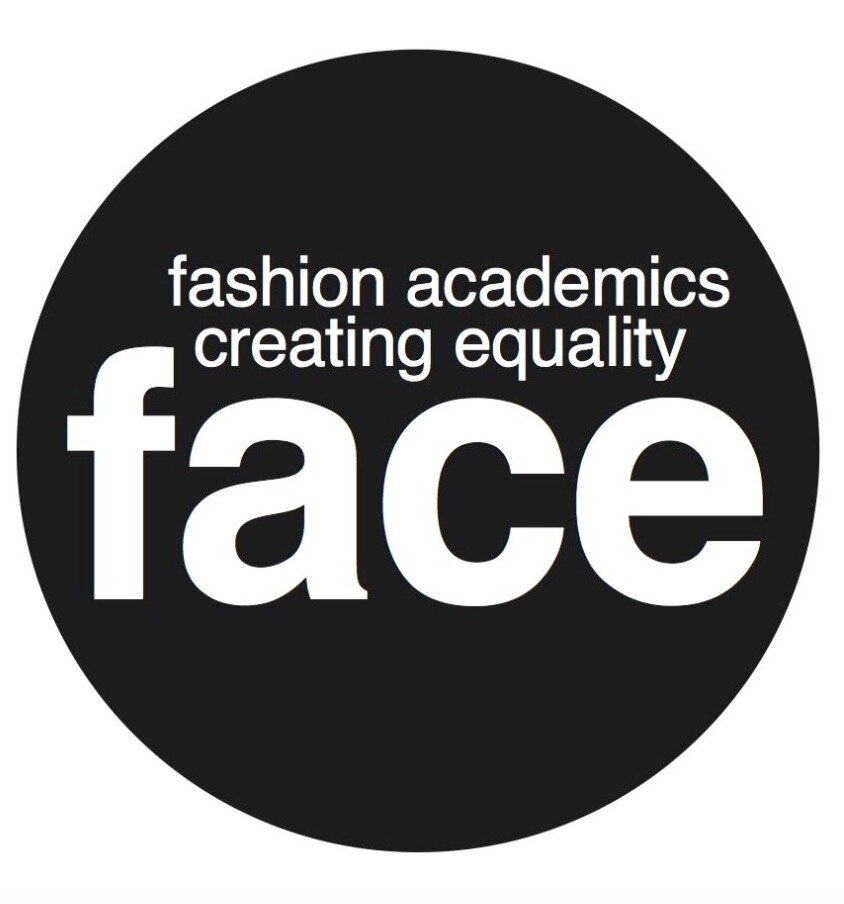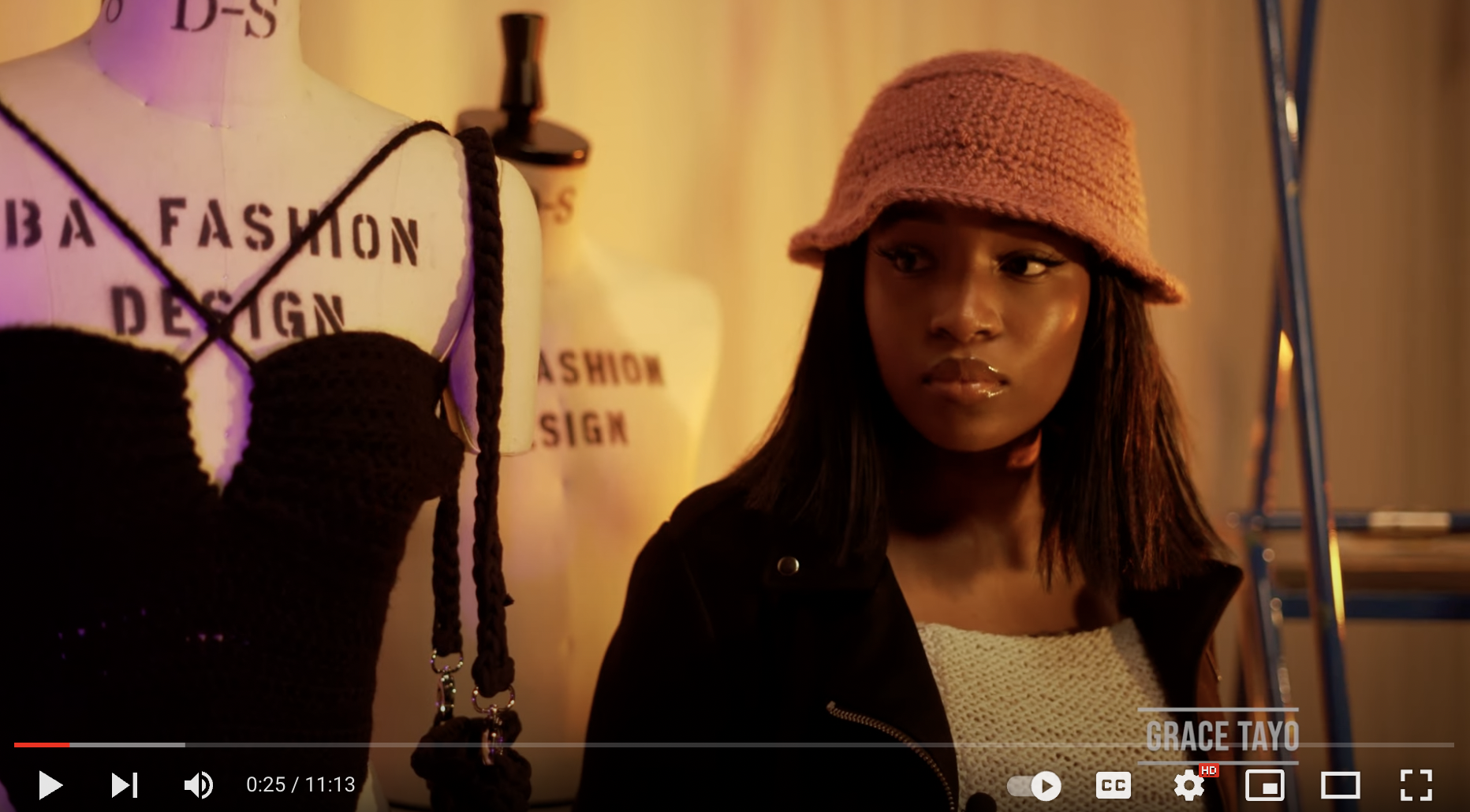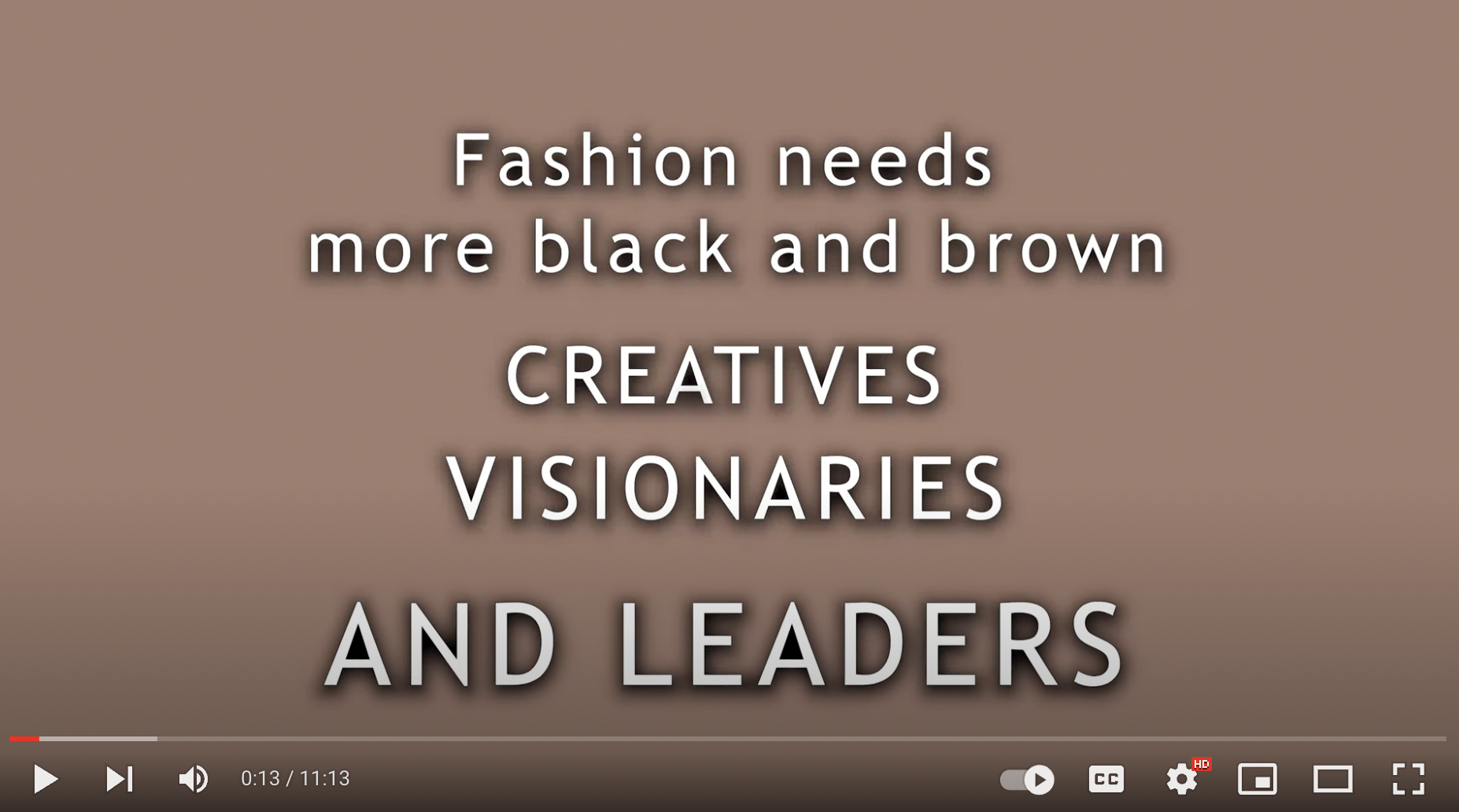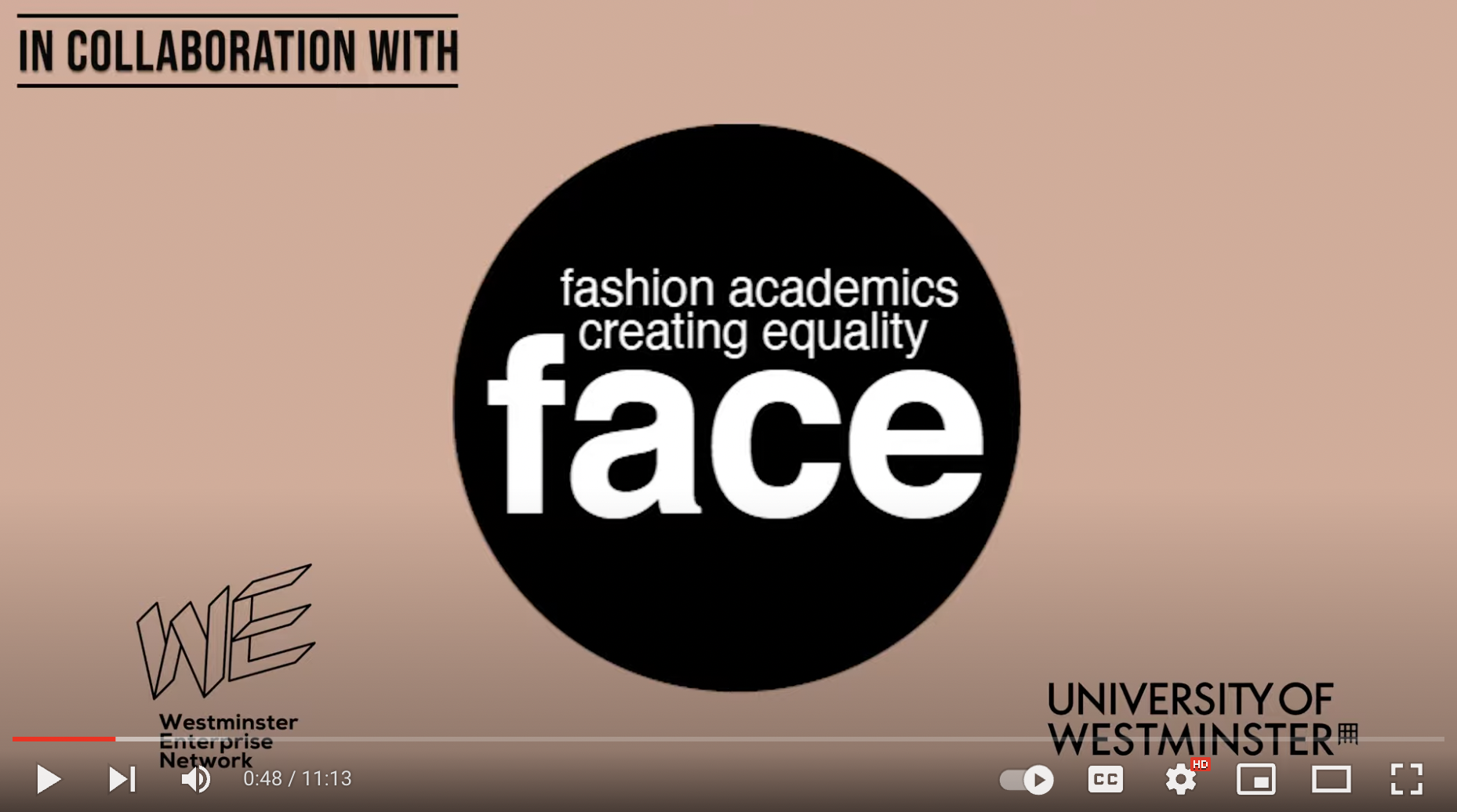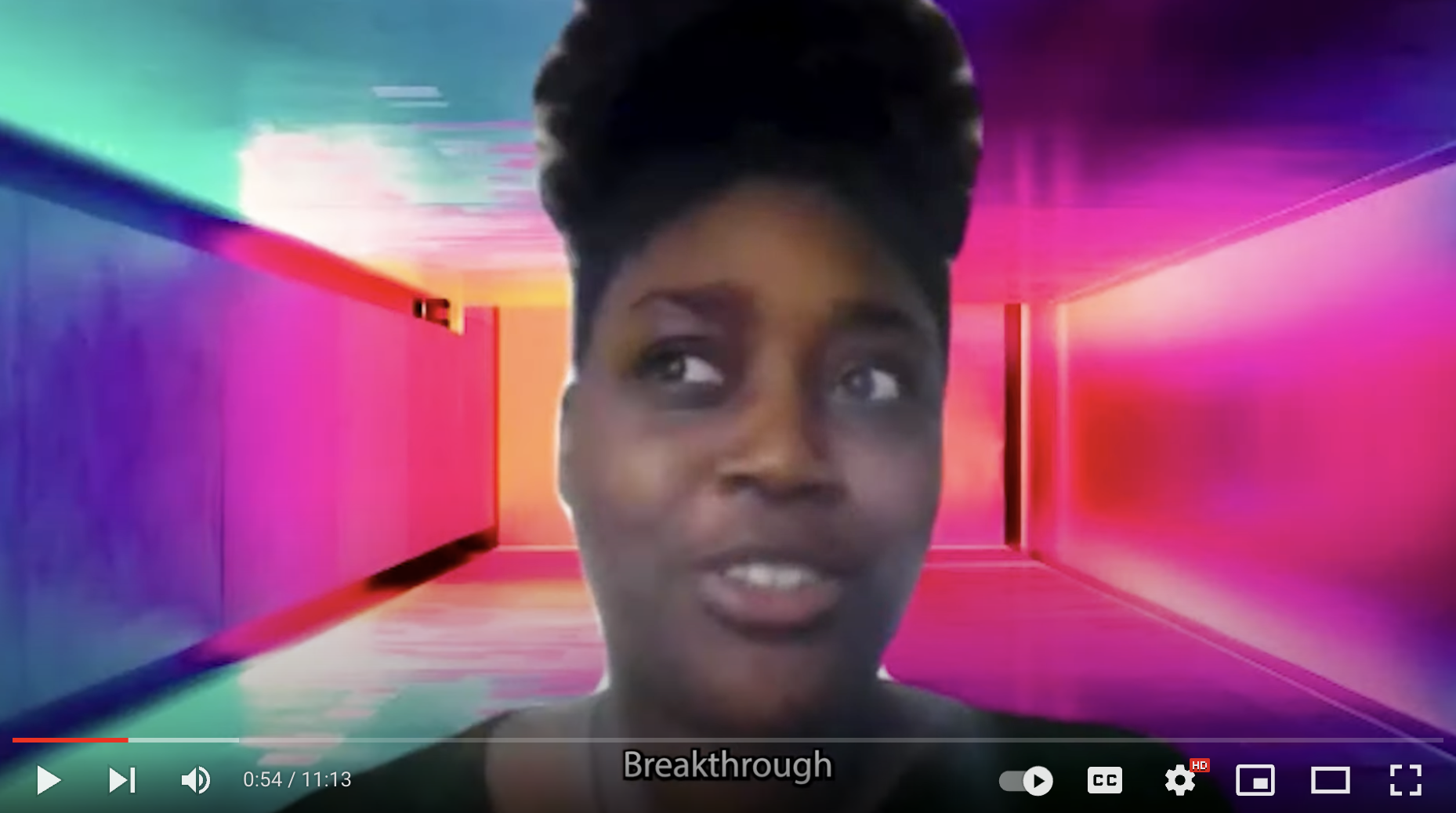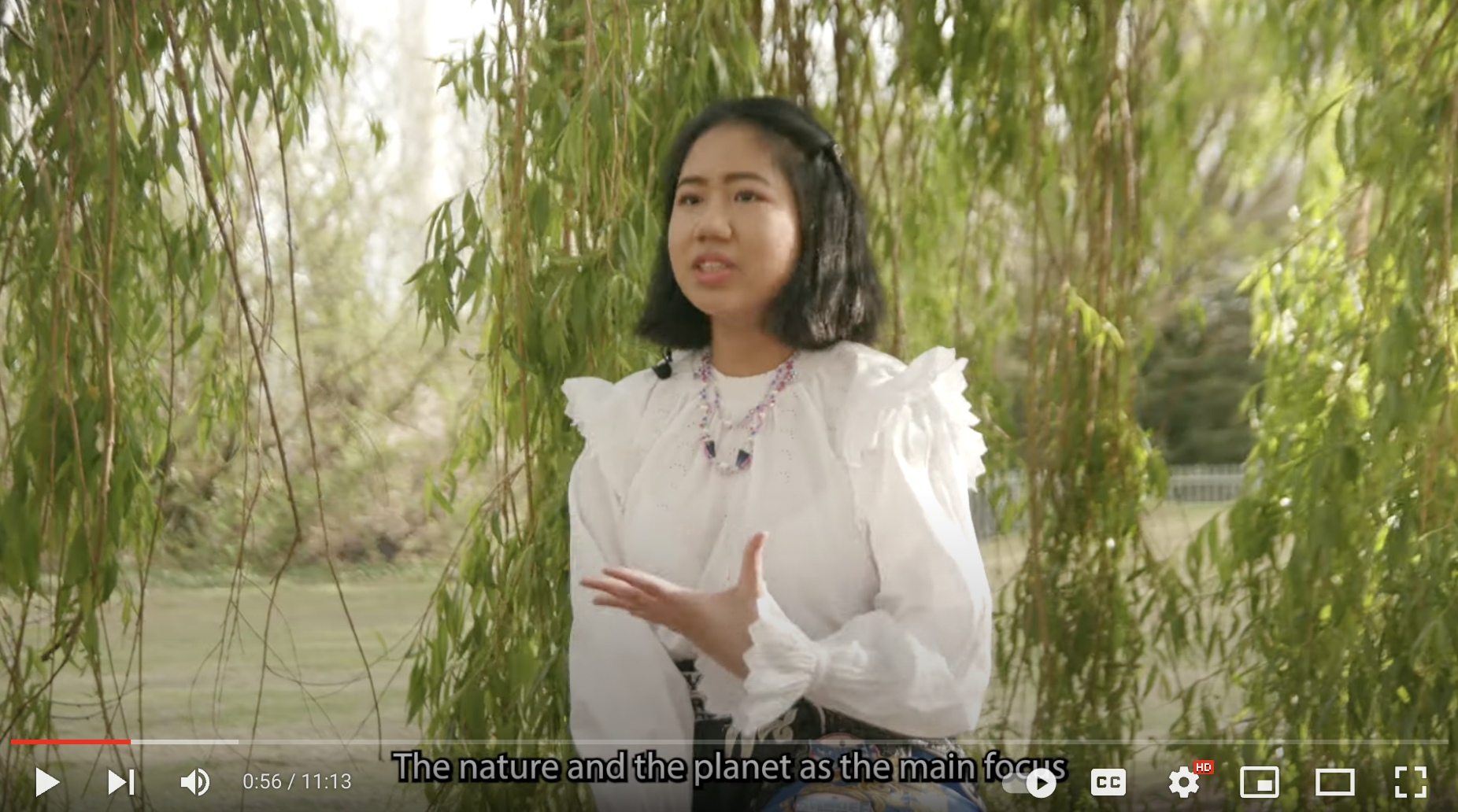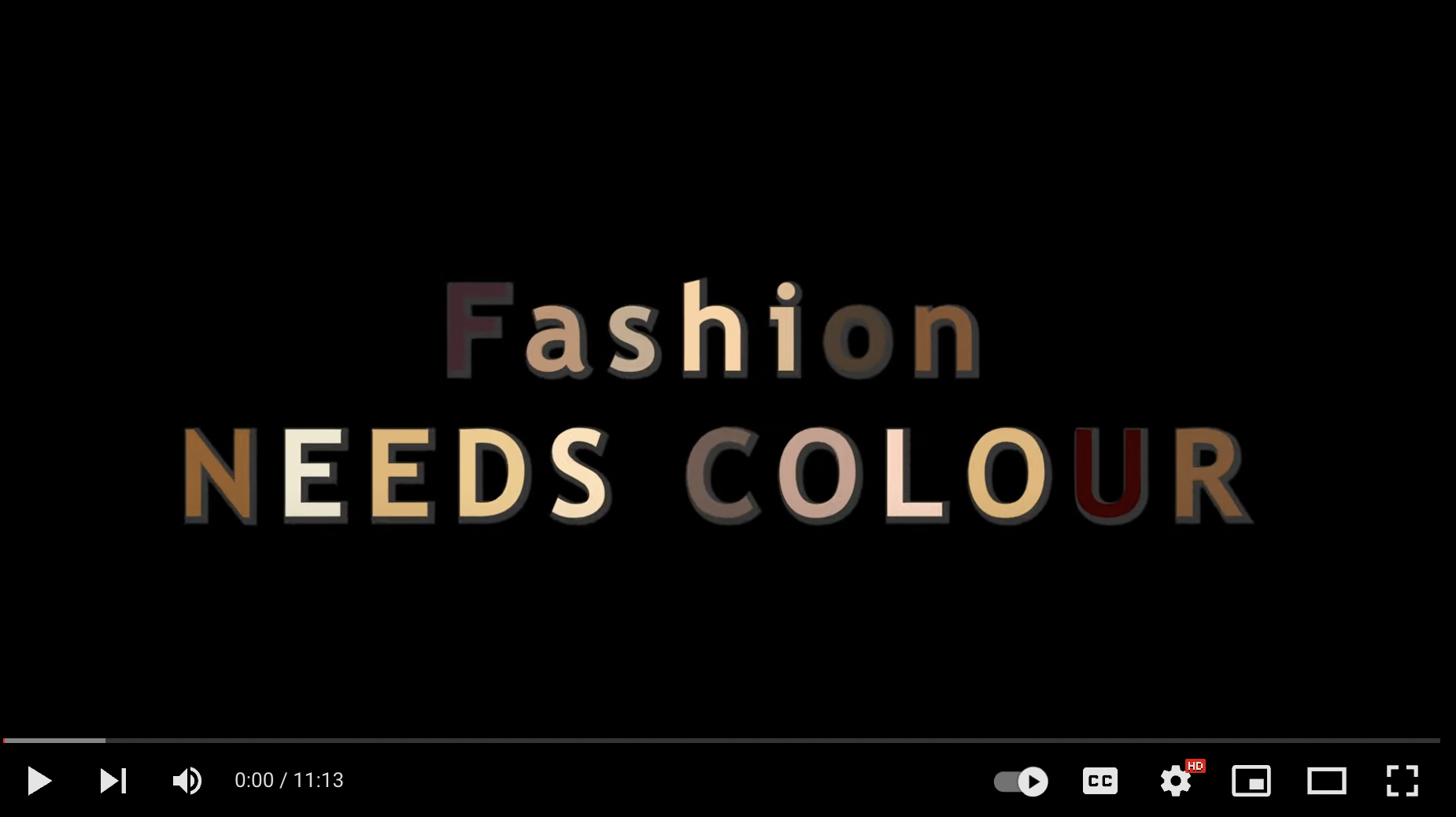Fashion Needs Colour
Another project from the FACE white associates is the Widening Participation Film.
This was made through collaboration with a variety of academics and institutions and led by Joyce Thornton of Westminster University in collaboration with the film department.
Why did we make this? Because the FACE calls for inclusive messaging to show young creatives of colour that their creativity is valued.
What do we want you to do with it? Play it during your recruitment outreach of course. It answers many of the questions your potential white students have too. It’s free to use simply click on the text link below.
This 11 minute film is also a perfect recruitment tool for your Saturday Clubs. Inclusive perspectives of our creatives of colour are highly valuable for all your outreach conversations. See film here
FACE Associates Widening Participation film explained.
Project leader, FACE Associate Joyce Thornton collaborated with her fellow tutor, Francesca Zerenghi from the University of Westminster’s film department. Together they recruited four film student volunteers: Anna Halasz, Diandra Cimut, Andrea Barbousu and Zeibunnisha Omar whose passion and commitment to the aims of the project was outstanding and inspiring, and Westminster’s Enterprise Network gave full and financial support to this make this happen.
The main aim of our film, Fashion Needs Colour, says Joyce is to inspire secondary school-level students of colour, to consider careers in fashion, design and the creative industries.
Our film Fashion Needs Colour features students of colour who are studying Fashion in higher education and some recent graduates who share their experiences and personal perspectives. They discuss the challenges and rewards of pursuing a creative career at university, as well as their individual style, projects and attitudes.
During our first discussions at the FACE Zoom meetings, as a group, we talked about the lack of representation of Black and Brown creatives in the fashion industry generally, and the reasons for this situation. We pinpointed many of the reasons, and agreed that a significant and powerful barrier was the lack of early aspiration and vital encouragement to consider a subject such as fashion, textiles or indeed any art and design related subject within schools.
We know that the on-going drive in schools is to encourage students into choosing to study STEM subjects, namely science, technology, engineering and mathematics. All excellent and commendable for society. However, this strong emphasis means that other subjects are thrown into deep shade, and Art & Design subjects particularly are then often perceived as secondary - lightweight, insubstantial and sometimes even frivolous and indulgent.
Added to this - many of us recognise that at the crucial teenage stage, school students are often very influenced by their parents. Black and Brown (and all) parents naturally want the best for their children, and often naturally steer them towards what they understand to be areas that seem to have the most promising prospects for their children’s futures. This seems especially true if the student is academically capable, and this tendency was confirmed and highlighted by more than one of the students featured in our film.
The project group were motivated by the belief that opportunities need to be opened up, highlighted and encouraged for students of colour, starting in a school environment. The film was envisaged as a way to inspire discussion about creative career opportunities at a crucial stage of a young person's development, and encouraging teenagers, their parents, carers, and teachers to value creativity as much as academic success. A tall order. But one we feel is important and necessary.
